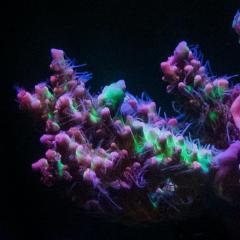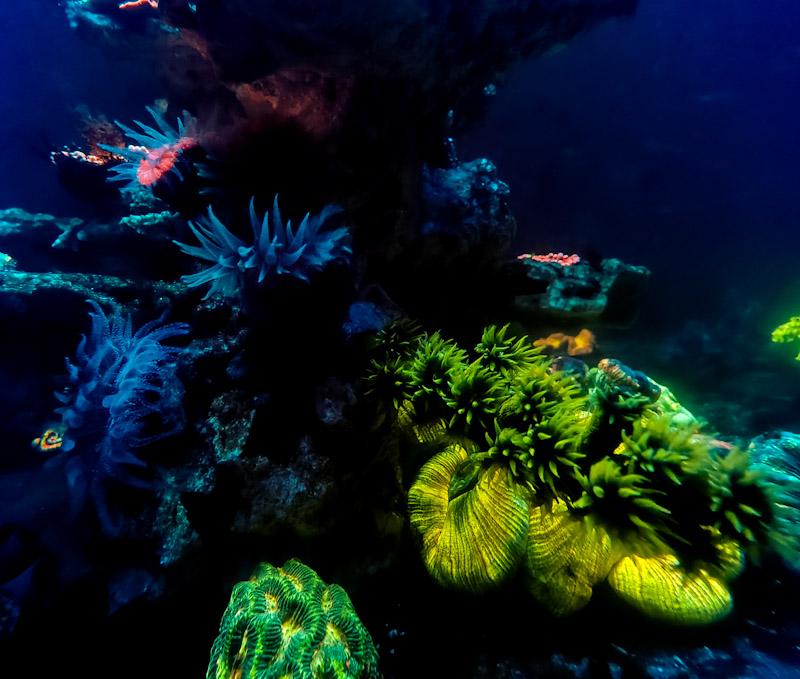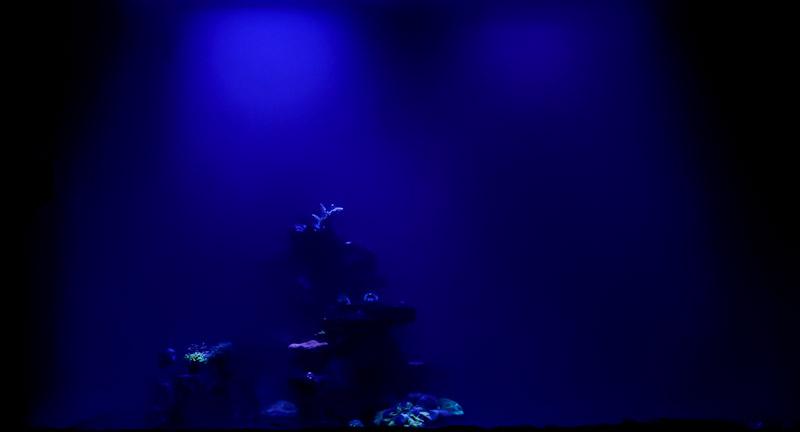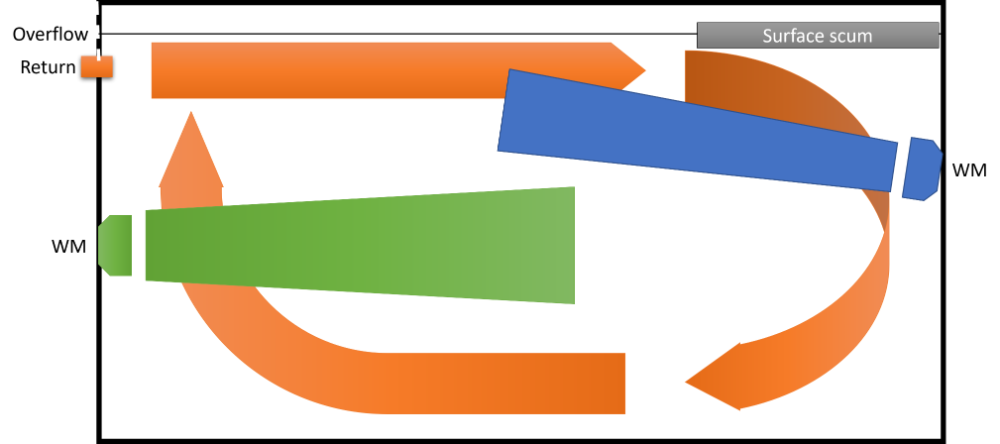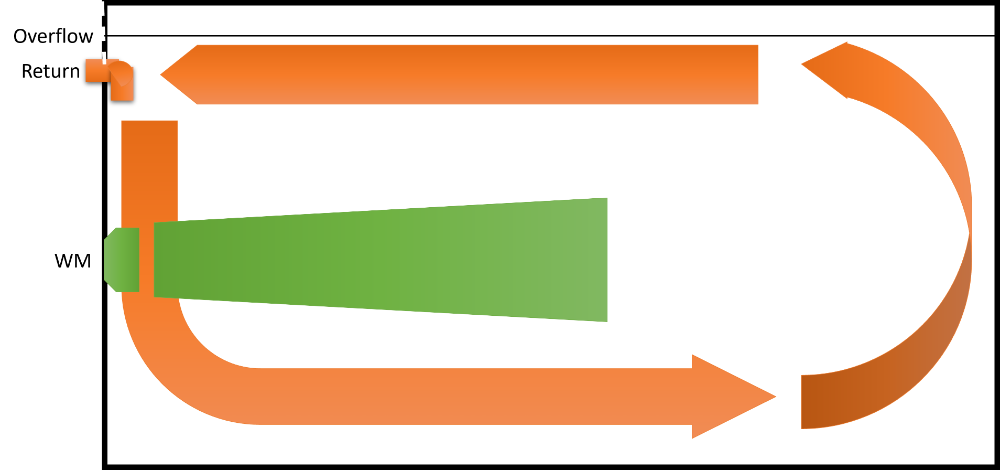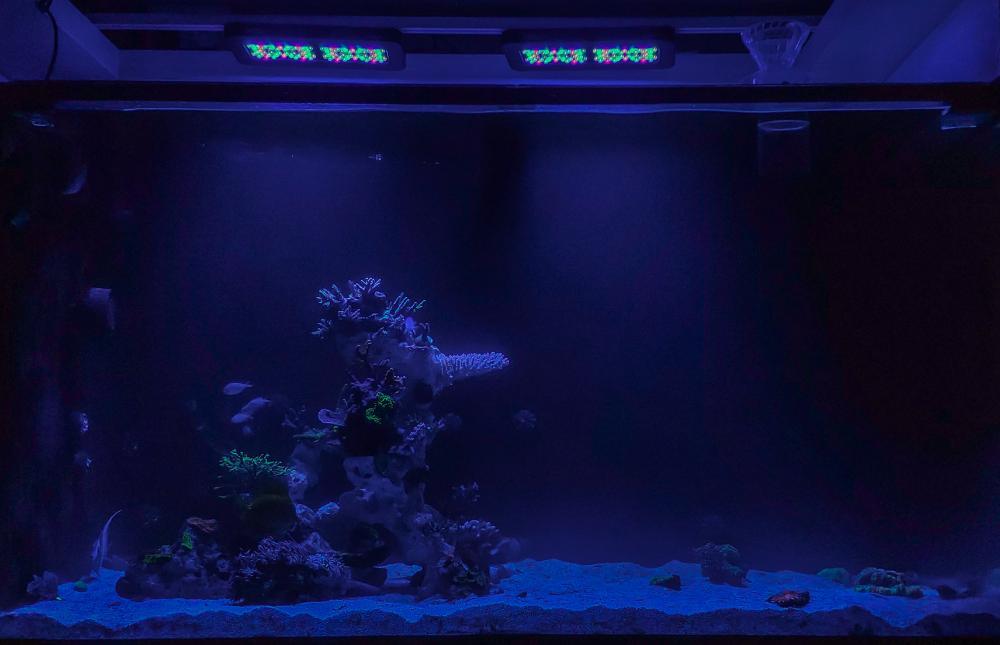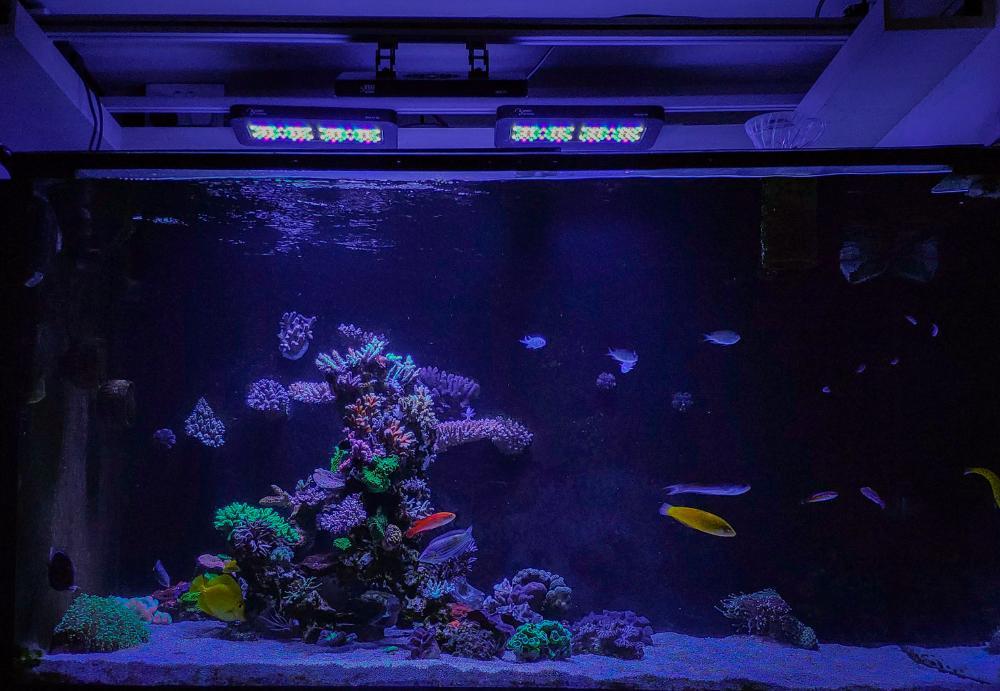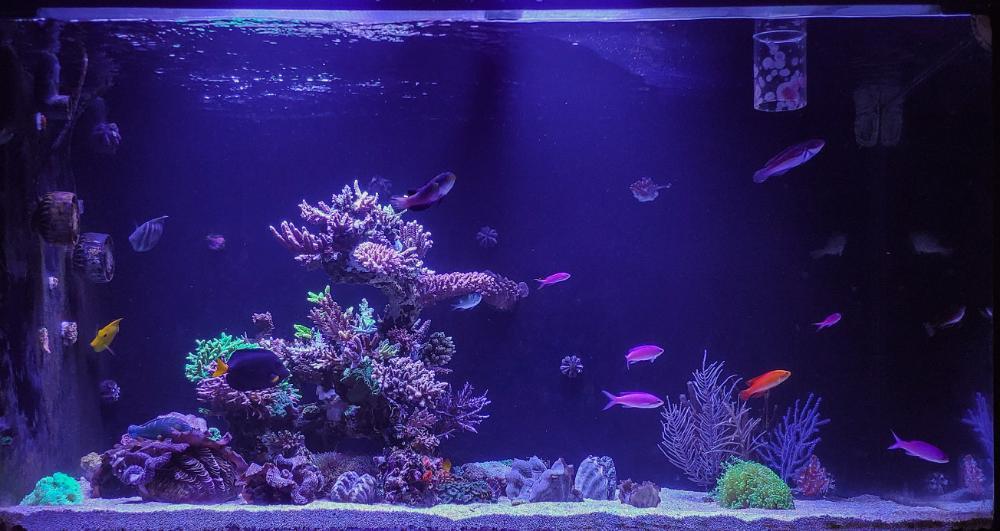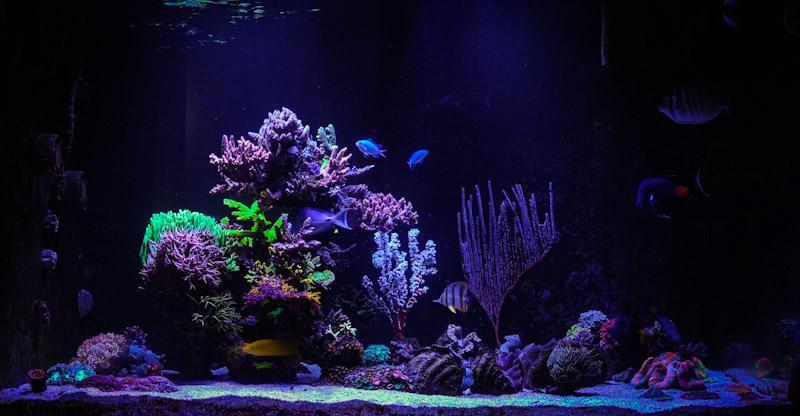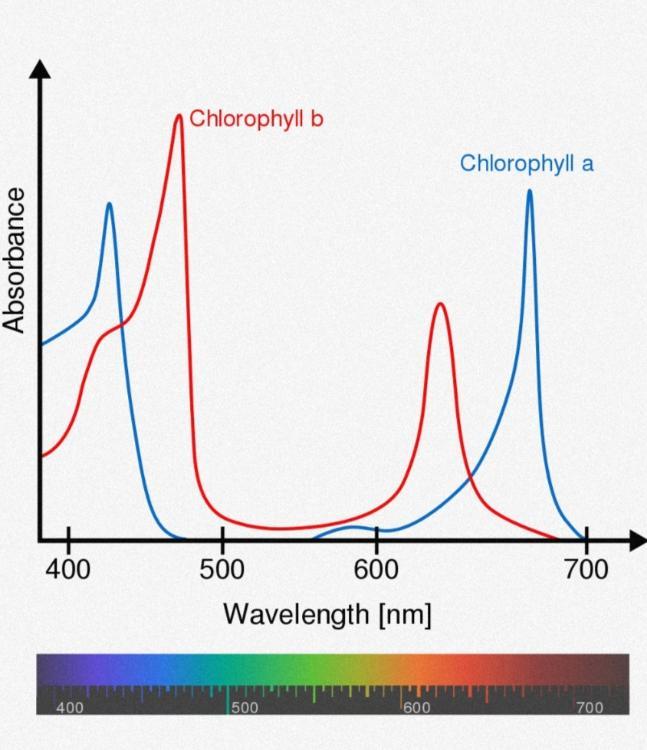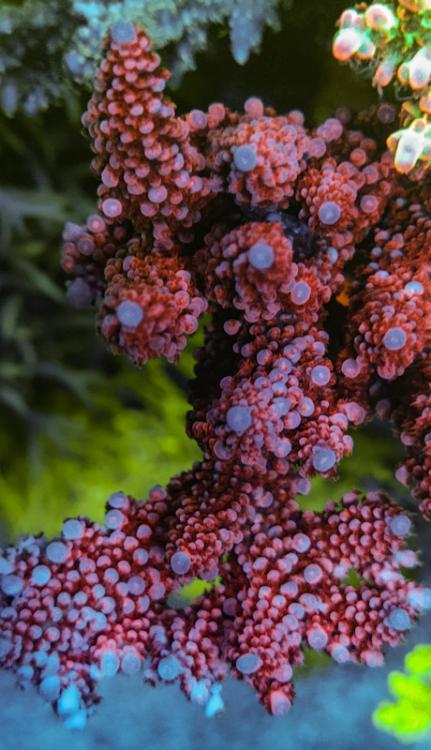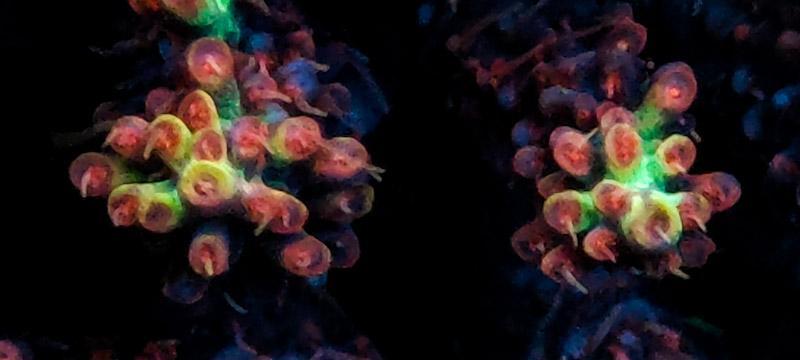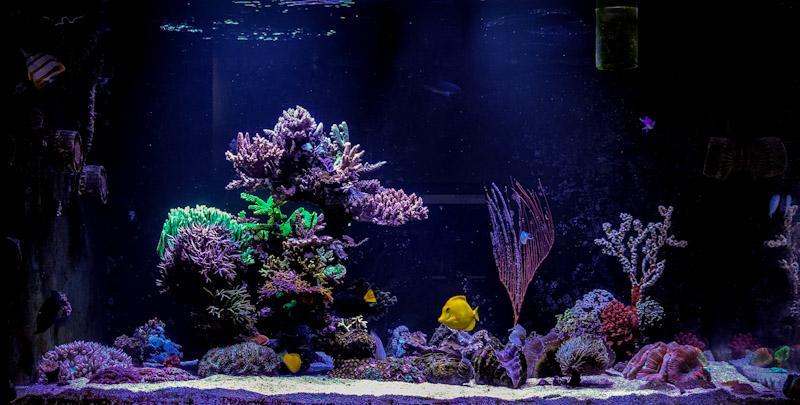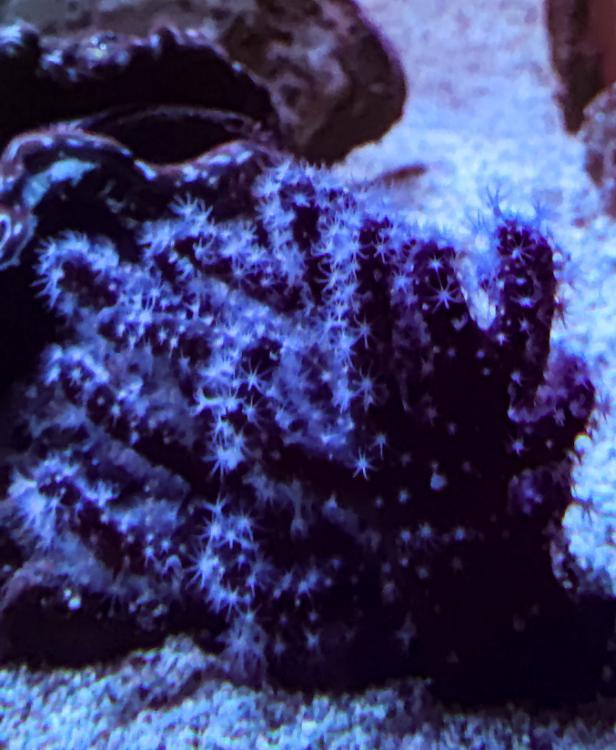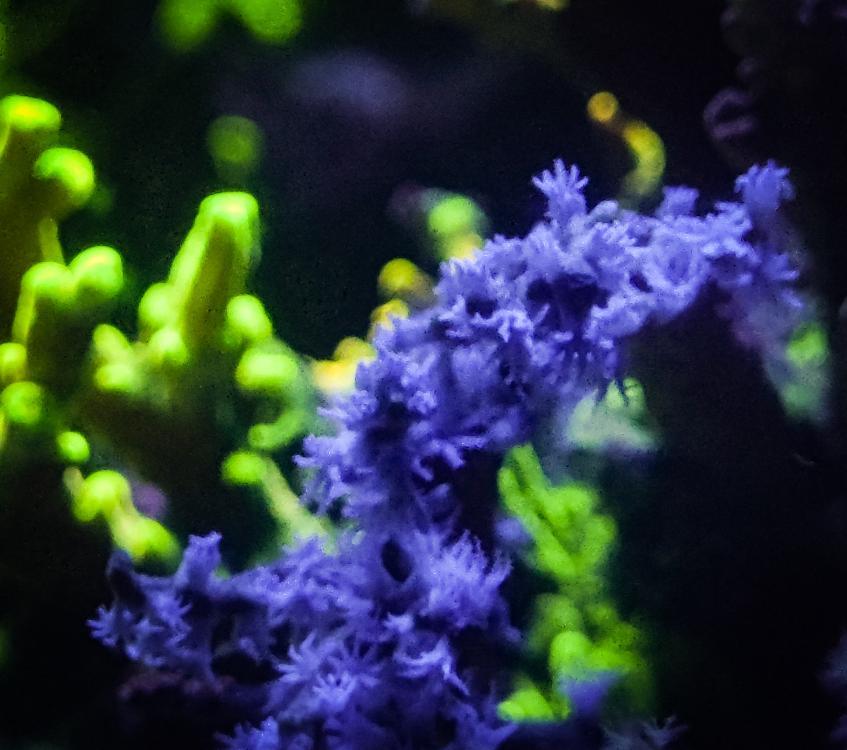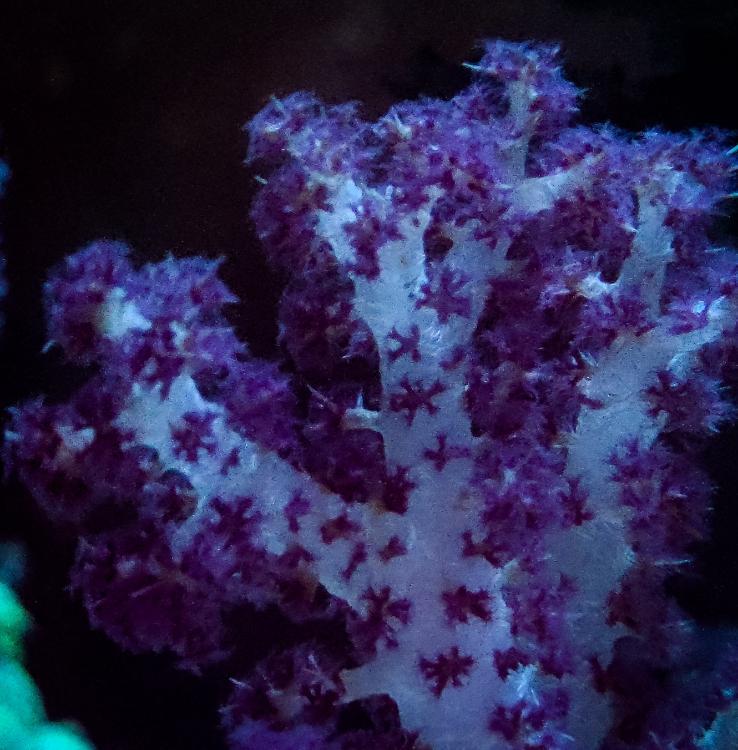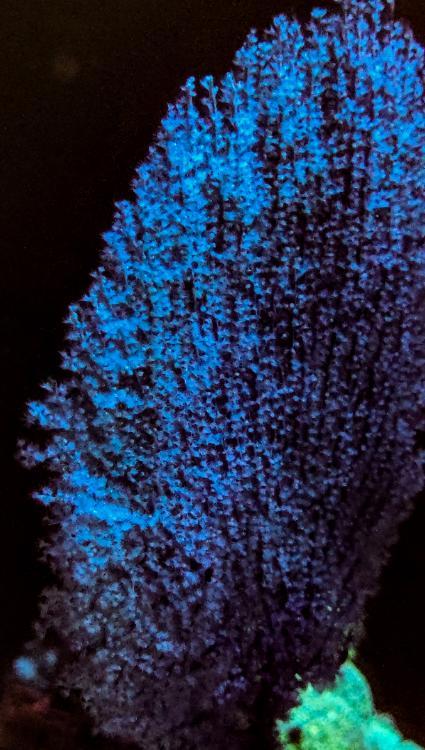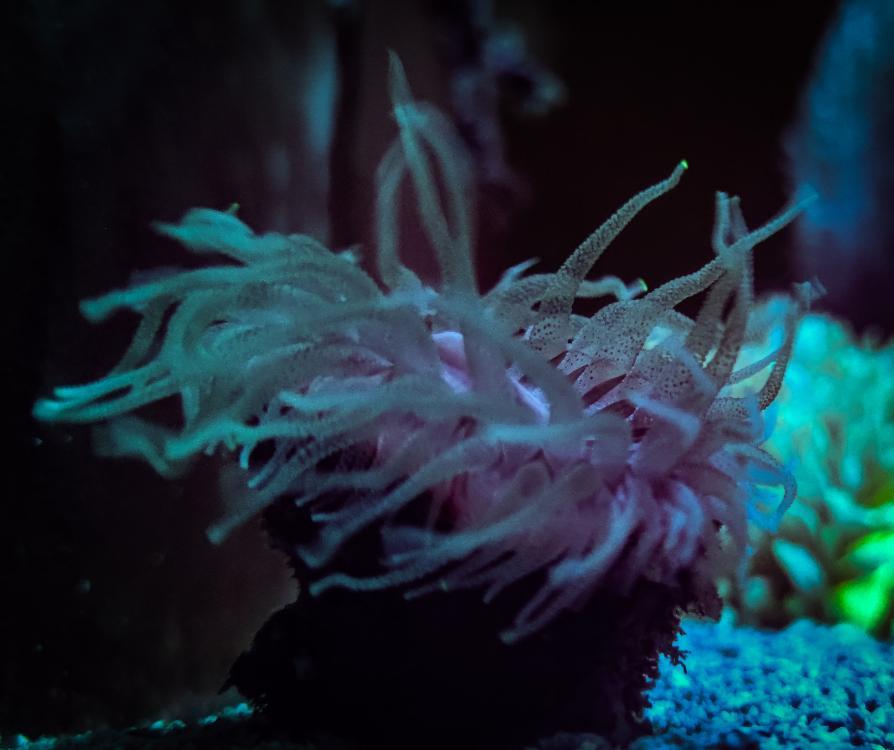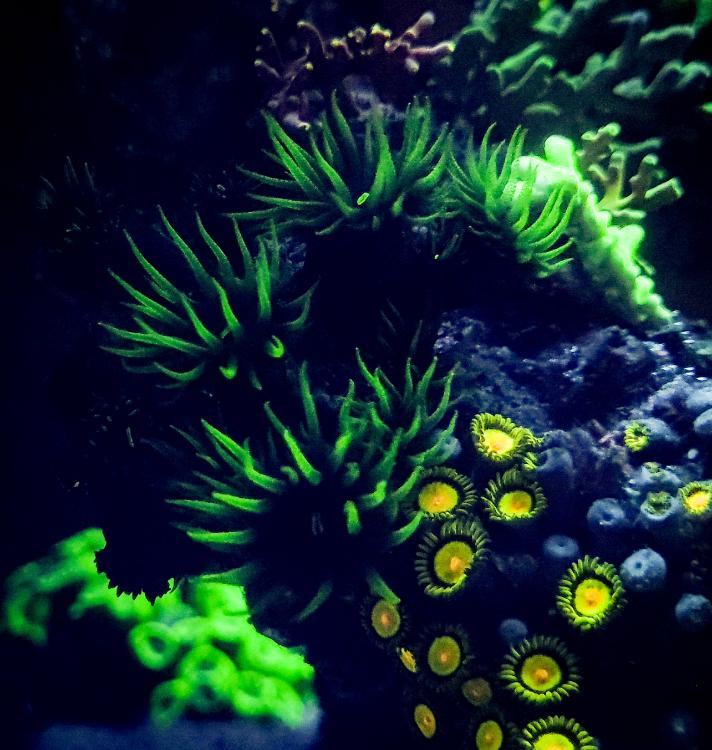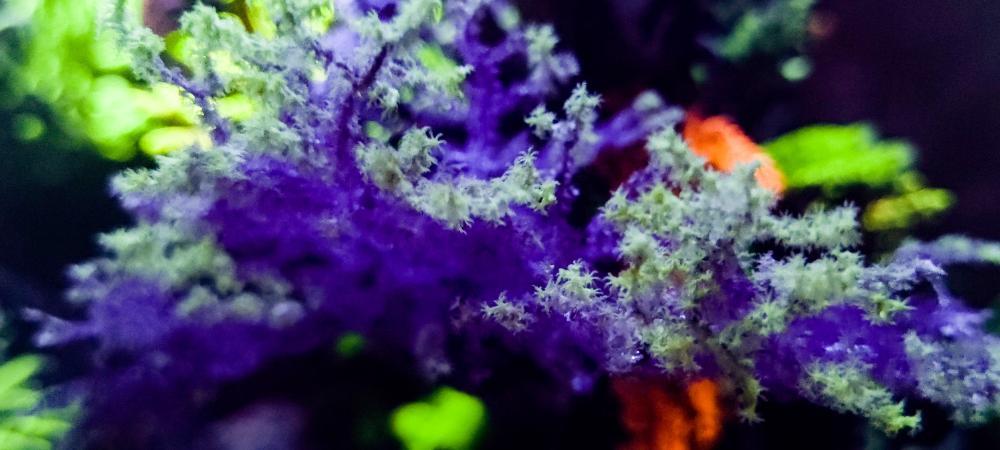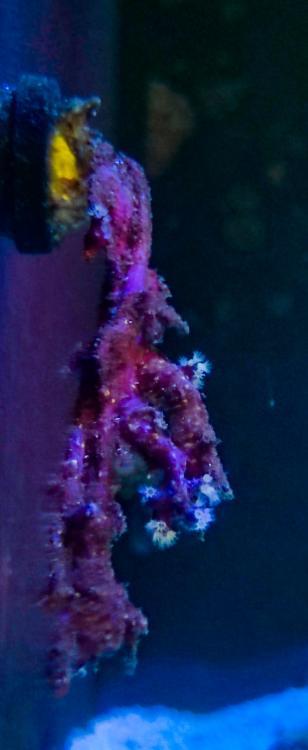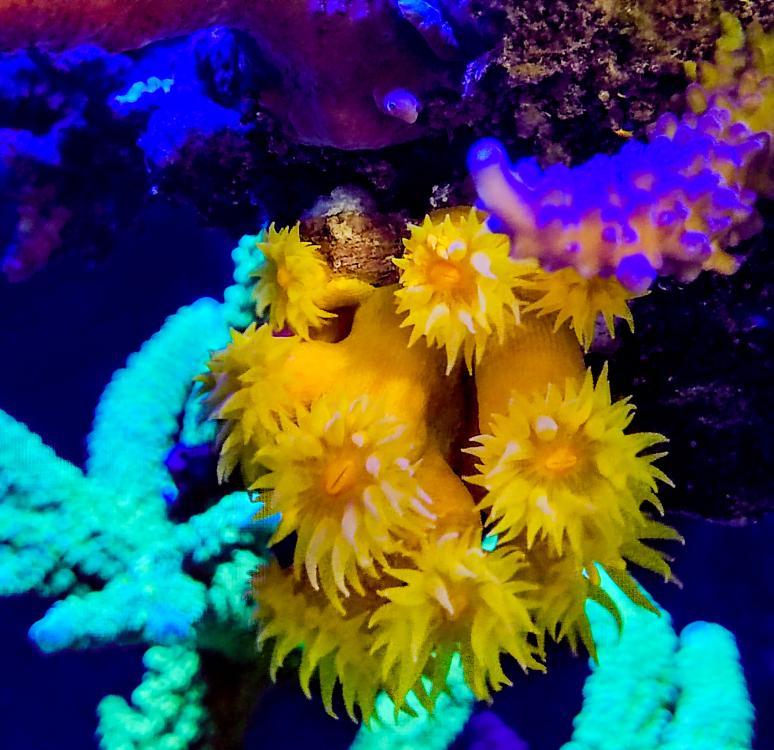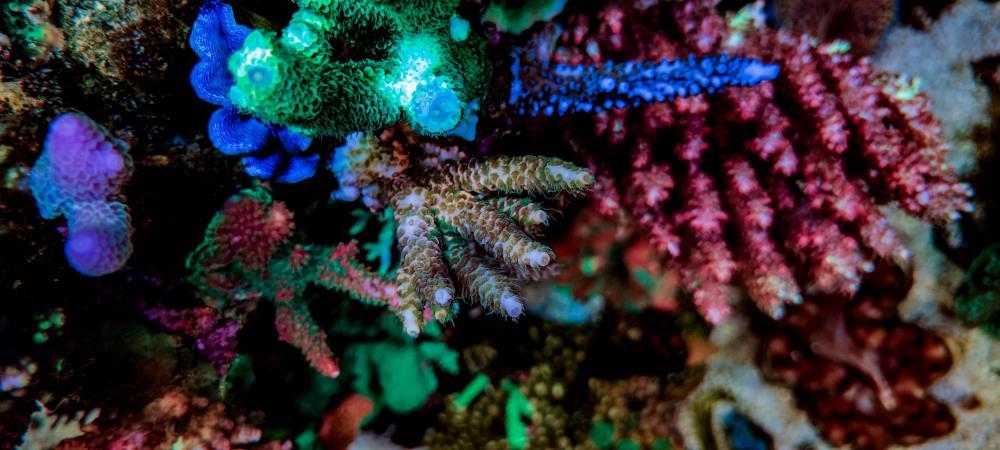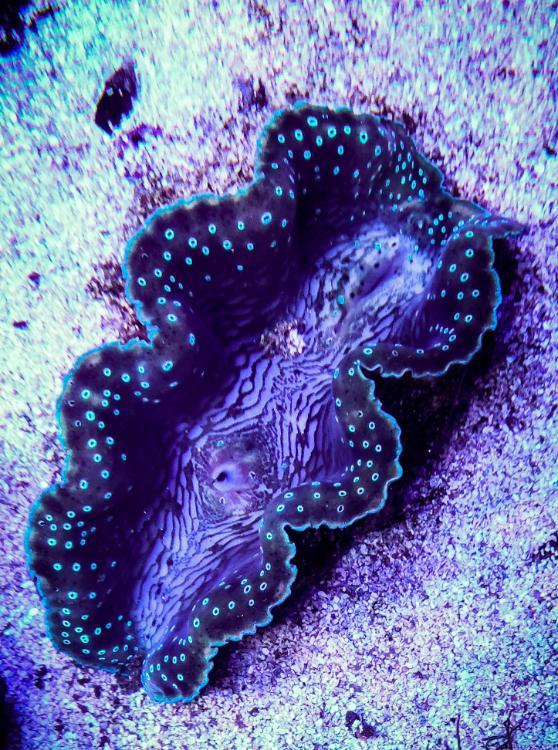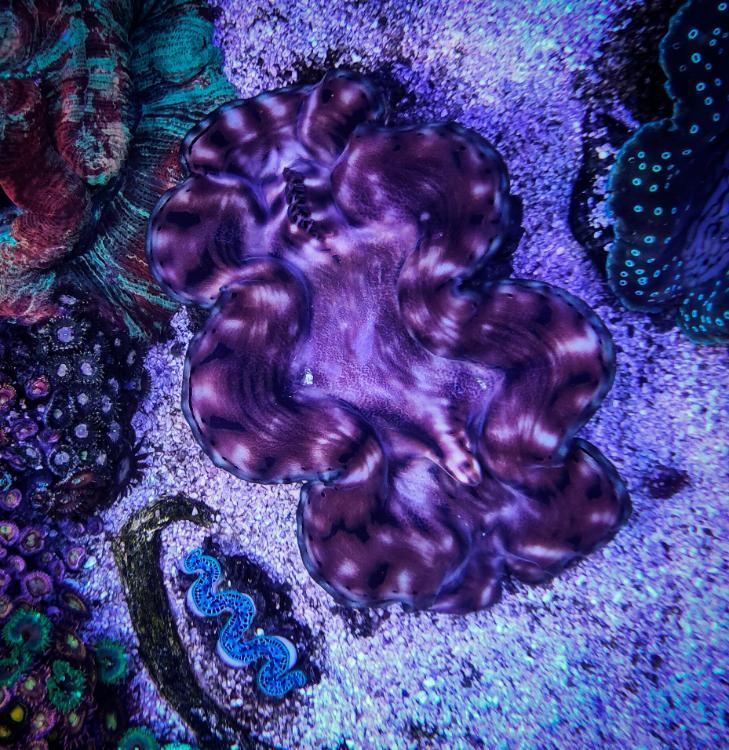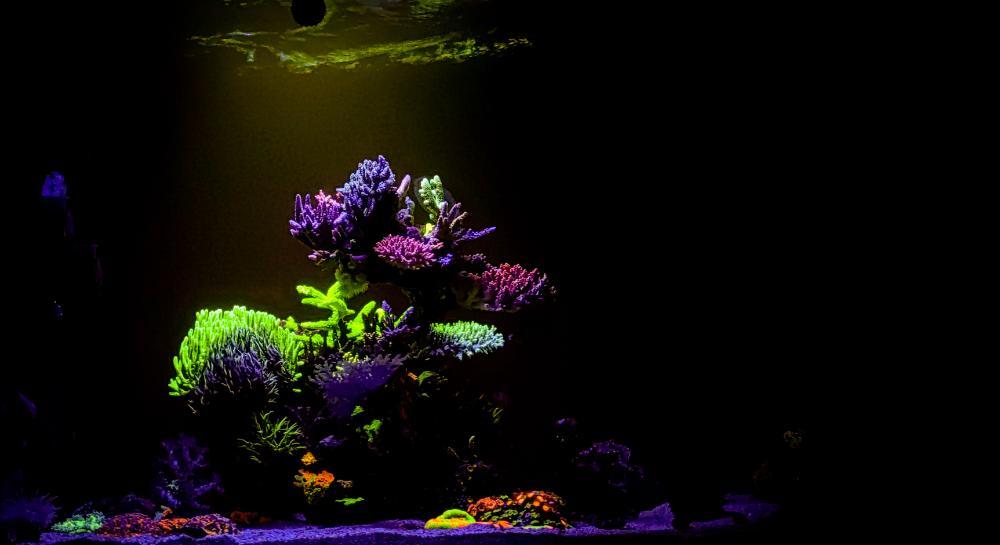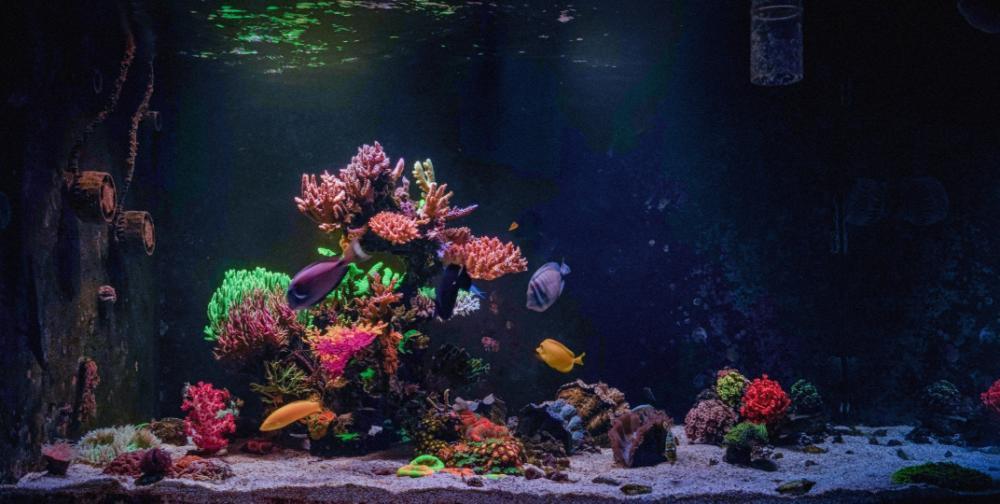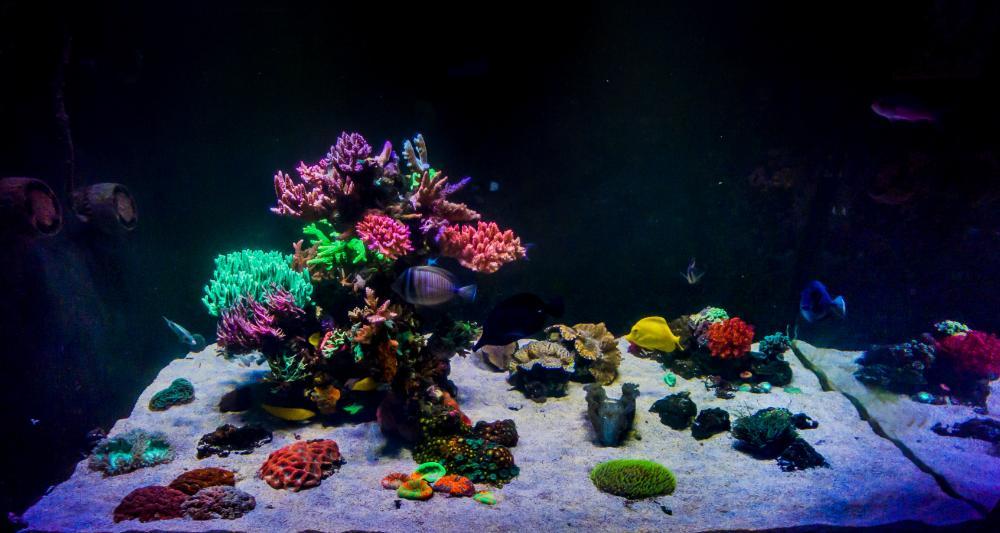-
Posts
304 -
Joined
-
Last visited
-
Days Won
15
Content Type
Profiles
Forums
Gallery
Everything posted by JiaEn
-
The Unseen Warfare It's easy to notice when a torch coral send out stinging tentacles to attack their neighbors. It's much harder to see how some other corals fight each other. As I brought back some of my old corals before reset, one such silent fighter showed itself. When the aquarium just restarted, I have a black sun coral which opens happily every night. However, when I transferred my corals back, the black sun coral stopped opening, at all times. It was very puzzling. Nothing changes in terms of food, flow, light and water chemistry. Eventually, I realised the problem is with gorgonians upstream from it, releasing allelopathic chemicals. I remove the gorgonian, within 10 minutes, the black sun coral opened fully again. An Illusion of Control The desire of wanting to control every aspect of the system leads to many opportunities to make mistakes. I have made a big blunder during this experimental diatom cycling process. In the previous post, I concluded the ecosystem is somewhat established. However, I forgot that diatoms needs silicate supplement to thrive. Without dosing silicates, the diatom population stalled. Guess what fills the void? Dino. To be more specific, prorocentrum. Over night the surfaces are covered with stringy mat, entangling everything. Lesson learnt, small missteps lead to huge problems. Out comes remediation kit: blowing dino off corals, use fleece to trap and remove as much as possible, continue to feed the tank to avail some nutrients to corals, adding silicate to bring back the diatom, turn on the UV to knock down the free floating dino. In one week, the dino bloom stopped as fast as it started. For now, back on track, until the next accident.
-
Yes definitely. Sorry for the late reply.
-
It provide a source of nitrogen to corals, algae and bacteria. It's very useful when the system consumes more nitrogen than whatever fish and coral food bring in.
-
Diatom Cycled It's been 2 weeks since diatoms and bacteria blend is added into the aquarium. They rapidly colonise all surfaces, as well as then entire water column. It's bloomy and brown, but I know the brown stuff are good. Why? Because my newly added tronchus polishes them right off, and does not die of toxin exposure. While I don't expect trochus to keep my aquarium spotless, this gives me a good indication that the bethnic Flora are of the harmless type. I used my old bio media. Whatever organisms in them, and in the pipes probably died during the process of restart. When I tested the water, it registered 0.25ppm of phosphates. Well, just nice to feed my diatoms. Fast forward, corals in, more corals in. Throughout the process, it's evident that bacteria, diatom and other microalgae are having the fierces war over the exposed surface. Walls turn brown, then patches white, then green, then brown again. The water column still blooms with bacteria. What a nice plankton soup for NPS! In goes some dendrophyllia, and they loved it. To maintain the energy of the set up (without input, everything eventually dies, right?) I started my routine of coral food feeding. While continue to dose ammonium into the aquarium. Detractors One of the delivery of coral came with three mistakenly packed blue eye anthias. They goes in to the reef. Since I have some anthias, why not get a few more? In goes another 6 evansi anthias. Now anthias normally would not be my first choice for first fishes. They are carnivorous, so they won't help a bit with controlling algae. They require more frequent feeding, especially since they can't just forage the algae. They would be generally more suitable for a more matured setup. However, I know my system can, at this stage, handle these bioload with ease, so I go ahead with it. They are fed with crushed fauna marine pellets, which they devour greedily. Evolving Landscape I have tested the phosphate again, it has dropped to undetectable using salifert kit. Some tiny tufts of hair algae startd to sprout from the bottom. I have introduced a white tail tang to graze. The coral polyps extends well so far. The outcome lf this cycle looks promising. The plan is to continue to load up on corals. Starting from lower positions of lps, monti and nps. Then move my way up to the top of the aquascape. This is because I don't want corals getting in the way when gluing things down near the bottom.
-
To Fill the Void Starting an aquarium from scratch is a very interesting problem. Namely: how do we fill up an almost sterile aquarium, while avoiding nuisance organisms from taking hold. Fishes may perish if the nitrogen cycle is not established; corals may suffer when there is insufficent nutrients in the system. However, if there is a lack of desirable organism occupying the free real estate, then it's very likely that nuisance species will take over. So what shall I fill my aquarium with, for a start? I elect to do it in a very unconventional way. Let me explain Friend or Foe Diatoms. In my opinion, diatoms are the single most underrated organisms in our reef aquarium. Ugly as it may be, diatoms serve the reef aquarium in many ways. It fixes nitrate and phosphate from the water column; it provides food, directly to the corals, and support a pod population. Most importantly, it takes up precious real estate, and denies them to likes of cyano and dino. I kick start my aquarium cycle by adding live diatom. Bacteria. No, I'm not talking about nitrifying bacteria, I'm referring to the variety of hetero- and autotrophic bacteria: photosynthetic bacteria (PSB), bacillius, acidophilus and other families of bacteria. By having a diverse and thriving non-pathogenic bacteria population, I hope it will be more difficult for the pathogenic bacteria to take hold. I added freeze-dried mix of different bacteria as part of my start up cycle. Corals Some corals are added in after a few days (first residents are the left over torch since the previous build) Diatoms are food, bacterioplanktons are food. all that's left to do is to feed all these things. I started to feed freeze dried plankton once the corals are in. I also added some ammonium chloride daily to feed the diatoms. Not many people starts a cycle by using diatoms. I shall report on how this experimental technique turns out. Meanwhile, a bacteria bloomed (which is harmless and in fact beneficial now) photo of the aquarium and its first few residents.
-
Acropolis 2.0 Having tried different ideas with the old Acropolis, I'm taking the chance to make some changes to the setup. Diversity Diversity in the aquarium ecosystem has many benefits: it provide food at different levels. It also provide some innate robustness against pathogenic and nuisance organisms. Therefore I would focus on the diversity of bacterial and algal populations first. And hopefully, this will lead to more substantial benthic and planktonic microfauna. Simplification This time, I will endeavor to run the aquarium with as little equipment as possible. For every piece of equipment used, often there are draw backs as well. I elect to stop using the fleece roller to allow better resident time of coral food. I also decided to stop using the UV to try and improve planktonic flora. Will these help in establish a balanced aquarium? Only time will tell. Optimization When an aquarium is running, it is difficult to make big changes. One aspect is the flow. The diagram above is my old set up. The return (orange) and wave maker (green) provided reasonable flow. However, there is always a layer of surface scum trapped on the right side of the aquarium. This necessitate installing an additional wavemaker (blue) to disrupt and disperse the biofilm. The additional wavemaker obstruct the view from the side. Taking away the peninsula kind of charm. With the new setup. A small tweak solve the problem. The outlet of the return pump is turned downwards. This results in a "reverse" gyre, the surface layer is pushed into the overflow, results in perfect surface skimming.
-
The journey of Acropolis comes to an end. Long story short, Tenetti tang decided to start pecking on lps suddenly. I moved out the lps and clams, then decided to get some dwarf angels since there is only sps left. Flame angel and multibar angel proceed to wipe out my sps collection. The last fish purchase also brought in some parasites, many fishes died from bleeding. Hence, a reset. Coming soon, Acropolis 2.0
-
This calls for a full tank shot
-
Crazy Lights I have finally finish my light collection for my aquarium with the latest addition of OR3 light bars. Let me share about how my light system changes into the current form as I try to adapt to the animals I keep. I started running this 4.5x2.5x2.5 aquarium with two Wyatt lights. The 240w light, a local enterprise, gives good spread, PAR and value for money. Since my aquascape is offset to one side, my two light sets are offset from the centre as well. It worked well, giving corals plenty of light to grow, while largely stay off the glass and minimized algae growth. There is one problem, however. Since the light shines from the top, and shaded by the top corals and rock, the amount of light reaching the front is very limited. I dislike the pale underside of colonies; nor do I want my corals to grow steeply towards the light rather than plating out. I decided to provide an angled fill light near the front edge of the aquarium. I did not opt for a light bar or a lower powerwd light. This is because I need the fill light tobe equal in quality and quantity, so that the coral can color up evenly. 3 lights now. The addition fo the third 240w light brings a lot more color to the viewing side. But soon I encountered a new problem. As I start to introduce clams to my aquarium, it is apparent that my open sand bed 2.5' down does not have nearly enough light to support them. Solution? One more light. Moving on, the amount of light is sufficient at all depths. The coverage is good. Time to start to look into the quality of light. I become interested in the role of UV spectrum in growth and color of corals. I have since installed customized OR3 light bar, supplying 385, 420 nm radiation to the coral. The result is very obvious so far. Finally. Today the second light bar with 365 and 740nm diodes are in. My light is set.
-
-
AB+ Have you ever wondered why one of the most popular LED light profile is called AB+? Well I guess one of the reason is that the spectrum attempts to match the absorption peaks of chlorophyll a (Chl a) and chlorophyll b (Chl b), both of which are found in zooxanthelle. Consider this adsorption spectra (source: Wikipedia) The highest absorption peaks for Chl a and Chl b ranges from 420 nm to 490 nm range. These wavelengths correspond to violet and blue light. Therefore, most of the modern reef lights produce a large amount of blue light. These caters well to the need of Chl a and b. On the other side of the spectrum, the 650 nm to 680 nm range correspond to amber and red spectrum. These wavelength also contribute to photosynthesis. Many reef lights provide these wavelengths through red diodes, and to a lesser extend, white LEDs. It'a also worthwhile to note that the absorption is very low in the green region. On the other hand, human eyes are very sensitive to green light. Therefore some output from green diodes can make the reef aquarium looks much brighter, while not contributing much to coral growth. Caveats There are a few caveats concerning the above (simplified) information. 1. There are more pigments in zooxanthelle than Chl a and b. There are beta-carotene, xanthophyll, Chl f, etc. They do make use of other part of the spectrum. However, Chl a and b are the dominant pigments in coral system. 2. The absorption spectrum of Chl a and b extends well in to sub 400 nm wavelengths (UV-a), while Chl f absorption spectrum extended into the IR region. The reason most absorption spectrum shows 400 nm -700 nm is because this is the range defined for PAR. 3. This discussion of spectrum is with reference only to photosynthesis. This is not a discussion for coral color (yet).
-
Photosynthesis So, how does the light intensity affect corals. Let me outline a few important points. compensation point (CP): animal needs to use carbohydrate to produce energy, and for corals and it's zooxanthelle, photosynthesis is how they (mostly)get this carbonhydrate. CP is the light level where the produced food is exactly the same as the food uses up by the organism. If the light level is lower than the CP, corals will not have any excess nutrients to grow. photo-saturation (PS) : at this light level, the zooxathelle in the coral is photosynthesizing at the fastest possible rate. At this level, the lighting is optimal for coral growth. photo-inhibition (PI) : too much of good thing is not good after all. If the amount of light exceed the PS level, photos inhibition sets in. The photosystem in the chlorophyll become inactivated by the light, and overall efficiency decreases. Corals will have to make changes to adapt to this level of light. They can do so by reducing the zooxanthelle density, or by production protective pigments. It's important to take note, that for different corals, or even same coral at different water conditions, the amount of light for CP, PS, and PI can be very different. Also, there are studies which may suggest that these factors are also spectrum depended. So all in all, a very complicated matter. We will slowly look at different facets of this in the next few posts.
-
Light and Corals Light is a critical factor for coral health. Many corals contain zooxanthellae, which produce food through photosynthesis. Many corals produces chromaproteins and fluorescent proteins to cope with their environment. In addition, corals, even non-photosynthetic ones, relies on the light to synchronize their daily activities. Photons Let's first consider what sun light really is. Without going in to much of the technicalities, let us consider the sunlight as streams of photons. These photons travels from the sun, pass through our atmosphere, enters the water, and lands on the corals. The number of photons lands on 1 cm^2 of area in one second is called photosyntheic photon flux density (PPFD). In reefing hobby, we call this PAR. While this is not correct, but it's kind of deeply rooted in our hobby. These photons however, are not all the same. Photons can carry different amount of energy. This difference in energy is inversely proportional to the wavelength of the photons. The shorter the wavelength, the more energy the photons have. We, or corals, can't split photons. If a photon has too much or too little energy, they are not useful for the corals. Now if we were to consider only PAR, then we are looking at a rather incomplete picture. While we know how many photons we have, we don't know what types of photons we have. This is less of a problem in the days of T5 and metal halides. The bulbs and tubes have a known spectrum, and we need only to determine the intensity. With the advent of LEDs, we can no longer take the spectrum for granted. The type and the number of diodes, the setting of the light profile, these will have a big impact on coral growth and coloration. In the next few posts, I will try and discuss the impacts of several interesting spectrums, and we can take a good hard look (metaphorically of course) at our lights.
-
Dino Update The outbreak of dino (large cell amphidinium) has finally come under control. I have eased off dosing of silicate, and diatom started to receed as well. Samples from the aquarium shows very few dino cells. And greatly increased biodiversity. Opting for a non-algaecial method preserves the biodiversity, which in turn bolster the robustness of the ecosystem. Hopefully this will discourage further outbreaks. Hello, white sand.
-
They should be able to go without light for a few days without problem. Many reefers actually use multi-day black-out as treatment for some nuisance algae.
-
I hope to see more obvious growth in a few month for some of them. Then I can be certain they are getting enough food. Fingers crossed!
-
The Non-Photosynthetics I have been collecting some NPS corals, and tries to integrate them in to my reef scape. So far, things has been going well. In addition to seeing good polyp extension (which suggest good feeding response), I can observe encrusting (for sea fans) and new baby polyps (for sun corals). The whole tank is broadcast fed with freeze dried plankton twice a day (before I leave for work at 6am, and in the evening at 7pm, approximately). It's also being supported by mulms produced by zeo reactor with hourly flushing. Picture time! Alcyonium palmatus. Chilli coral. Easy to get feeding. However it seems that it can exude enough chemicals to serverly injure the corals it touches. It does open day and night. Rhizotrochus typus. Large solitary polyp. I do not target feed at all, instead, rely on the available planktons in the water column. As an experiment, I would like to evaluate the feasibility of having only planktonic feeding for this coral. It opens its polyp intermittently during both day and night. Dendronepthea sp. Carnation coral. Large contrast between extended and contracted state. Opens intermittently during both day and night. Tubastrea aurea. Orange sun coral. Mounted it inverted under a rock overhang. Exposed to very high flow, but larges under shade. Opens as the lights dim. Tubastrea micrantha. Black sun coral. It opens as the light dims. It seems that it does not extend it's polyps when there is some level of UV spectrum. It has since budded a few baby polyps. Acalycigorgia sp. Blueberry sea fan. This is a tiny nub I shared with another reefer. It has encrusted at the base. It opens day and night. Alconarian sp. Fiji multi-colored seafan (not sure about the species ID). The polyps stays open most of the time. The base encrust rapidly. Gorgonia ventalina. Purple sea fan. Polyps are out almost all the time. Primnoa pacifica. Red tree coral. It's not in a good shape. After two month of it added into the aquarium, there is finally polyps appearing. That's all for now.
-
Yeah! Can't wait for it to grow to huge size.
-
Here is a few top down shots. Just bought a acrylic viewing box. It's much easier to appreciate the clams from overhead.
-
Fishes in the wild recieve random (and general strong) flow regardless day or night. As long as you provide good shelter for your fishes, there is no need to vary day/night flow patterns.
-
Look at it this way, having plenty of floating matters in the display tank in fact means you have reasonable flow. The particulate matters are prevented from settling down and detritus build up in dead spots. What's your sump turnover rate? Do you have any mechanical filtration?
-
New Year Updates I'm near the end of the dino outbreak. The sand bed is still brown though due to diatoms. The plan is continue to grow diatoms for another month or two, the cutting back on silicate dosing slowly. FTS under daylight-ish illumination FTS under weak actinics + UV Direction 2022 There are a few general direction I will pursue in 2022. 1. Coral nutrition 2. Bio diversity 3. Light spectrum for growth and color I will document some of these process along the way.
-
Many reefer has been doing this for a long time actually. The process is well documented.
-
Well, my take is, trying remedies without identifying the problem is just as likely to aggravate the problem as revolving it.
-


